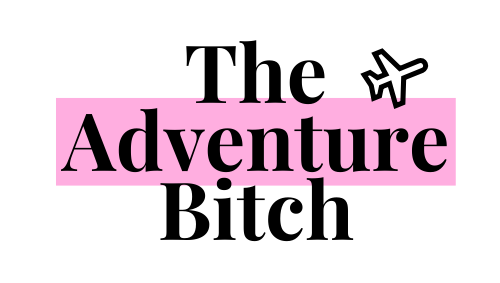The distinction Google makes is an important one to note; official place names often vary from the local names. Governments, political leaders, explorers, and mapmakers have long held influence over the titles of places and geographical features, usually with little to no regard for the names actually used by the native or local people in the area. So is anyone outside of the US government obligated to use its official names? According to the US Department of the Interior, the answer is no.
“The BGN handles name changes for federal use,” says J. Elizabeth Peace, the Senior Public Affairs Specialist in the US Department of the Interior’s Office of the Secretary. “It is up to private companies to determine their process for name changes.”
Matthew Edney, a Osher Professor in the History of Cartography at the University of Southern Maine, says: “The federal government has no power to dictate to any map publisher, print or digital, ‘Thou shall use this name for this location.’ They can only try to persuade people other than the federal government.”
While some name changes are achieved through executive orders, anyone can propose a change to an existing name of a geographical feature through a form on the US Board on Geographic Names (BGN) website. To make it easy for tribal nations, grassroots organizations, and the general public to understand the name proposal process, The Wilderness Society, a nonprofit organization dedicated to protecting public lands throughout the US, and the National Association of Tribal Historic Preservation Officers (NATHPO), released a 37-page guide to changing racist and offensive place names in the United States in 2022.
The length of time to execute a successful name change campaign can vary. “Gathering support from elected leaders, local organizations, and the public takes time. For example, efforts to officially rename [Mount Evans as] Mount Blue Sky in Colorado took years,” says Starlyn Miller, a Little Shell Chippewa tribal member and Director of Native Lands Partnerships at The Wilderness Society (TWS). According to Miller, in certain states, applications must go through a state renaming board whose members are appointed by the governor. The board then makes a recommendation to the US Board on Geographic Names.
“Ultimately, place names are about people agreeing to use them,” says Edney. According to the professor, the time it takes for a new name to get adopted by the general public is “completely undefinable.” He says, “It may take a generation, it may take two days. It’s a question of who’s using the name, and how open the communities are to change and to the need to change.”
Why do our names for places matter?
In its most basic definition, a map is an illustration of certain features of a geographical area. Yet, its purpose and meaning vary based on who creates it and how it’s used. “From an Indigenous perspective, maps are colonial tools, not just representations of land and sea, but instruments of ownership and oppression,” says Tanya Ruka, executive director of Native Land Digital, an Indigenous-led nonprofit mapping organization. Ruka belongs to the Ngati Pakau, a subtribe of the Ngapuhi tribe from the Hokianga, a region known as the Far North of the North Island in Aotearoa, the Māori name for New Zealand. “Those in power may change maps, but this doesn’t alter the stories of the land or waters.”




